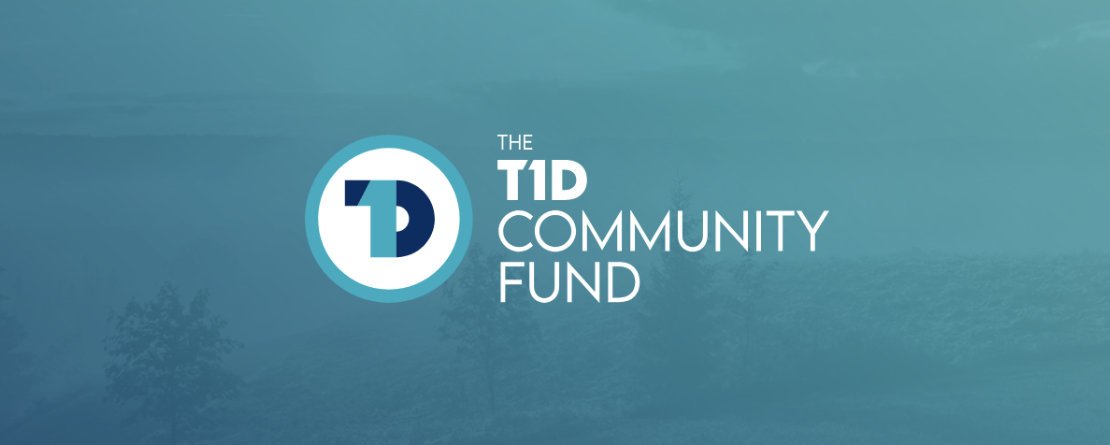
The Type 1 Diabetes (T1D) Community Fund, powered by Panorama Global, partners with and supports community-based organizations (CBOs) working to improve the lives of people living with type 1 diabetes in low-resource settings around the world. In 2023 the Fund’s second request for proposals received more than 300 applications, providing insights into the largely unmapped global landscape of CBOs and their work on T1D.
Community-based organizations play an essential role in low-and middle-income countries (LMICs). By working on the frontlines in local communities, these organizations have unique insights into the challenges faced by type 1 diabetes patients and the potential solutions. However, CBOs are typically disconnected from the advocacy spaces and discussions shaping regional and global health systems, and from peer organizations around the world. As a result, the opportunities to integrate their insights and expertise into regional and global health strategies have been far and few between.
The T1D Community Fund is a response to the sobering reality of type 1 diabetes care and outcomes in LMICs through direct funding and capacity strengthening for our grantee partners. We also aim to contribute to the sustainability and strength of the sector by sharing community-level insights from our partnership with CBOs to inform the future of type 1 diabetes strategies and investments.
In response to the Fund’s second request for proposals, launched in fall 2023, The T1D Community Fund received more than 300 applications. Beyond serving as an excellent pool of prospective grantee partners, the data CBO applicants shared provides an opportunity to better understand how CBOs around the world are supporting people living with type 1 diabetes, the challenges they face, and emerging opportunities for investment.
Below, we share an analysis of the recent pool of applicants to shed light on this largely unmapped landscape of community-based organizations with a high potential for outsized impact.
The vast majority of applicants are based in countries where the life expectancy of a 10-year-old diagnosed with type 1 diabetes is under 40 years, and many are in countries where life expectancy is under 25 years. Patients in these countries face myriad barriers to accessing holistic treatment and care, including hard-to-navigate policies, inadequate infrastructure, and prohibitive costs. There is immense need and opportunity for additional funders to impact the life expectancy and wellbeing of people living with type 1 diabetes.
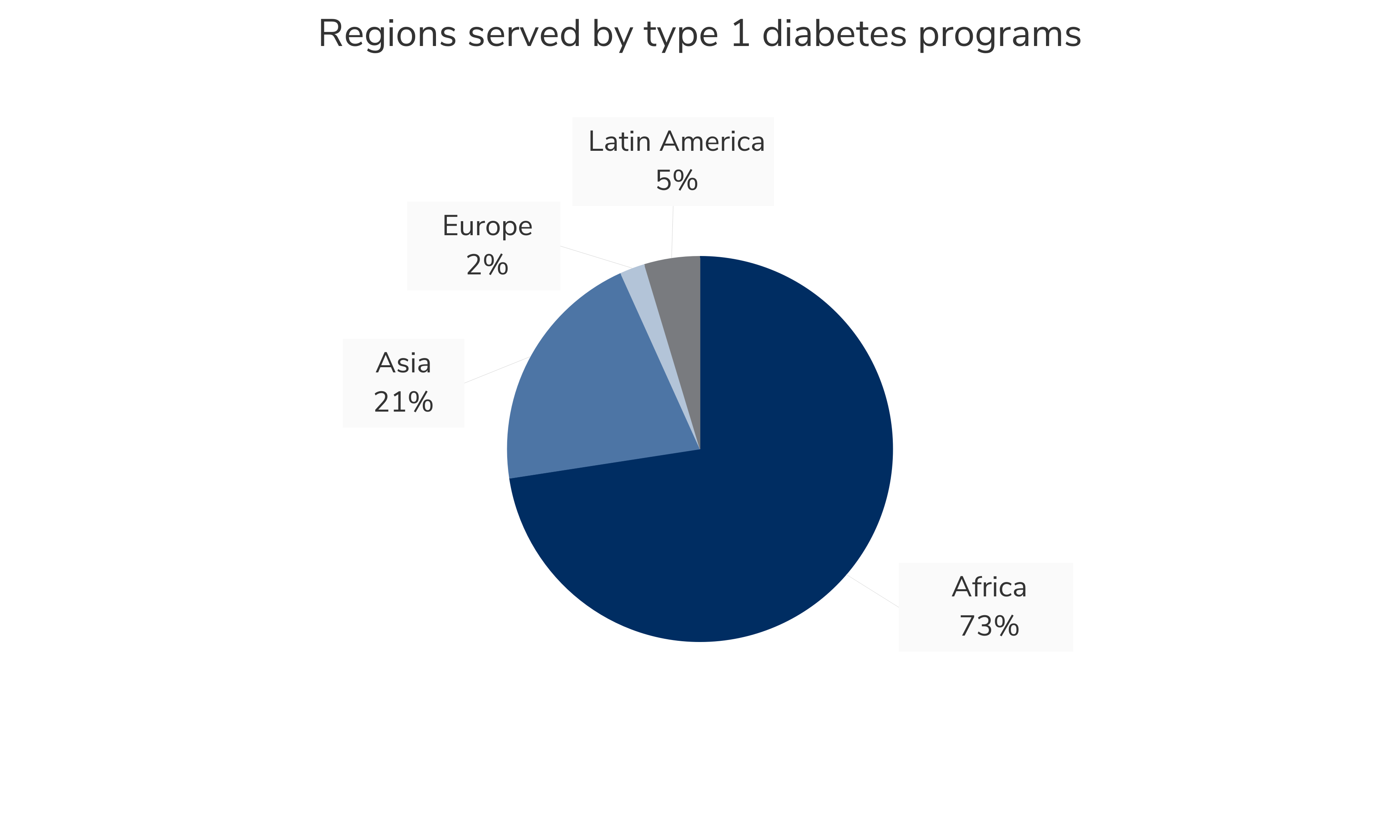
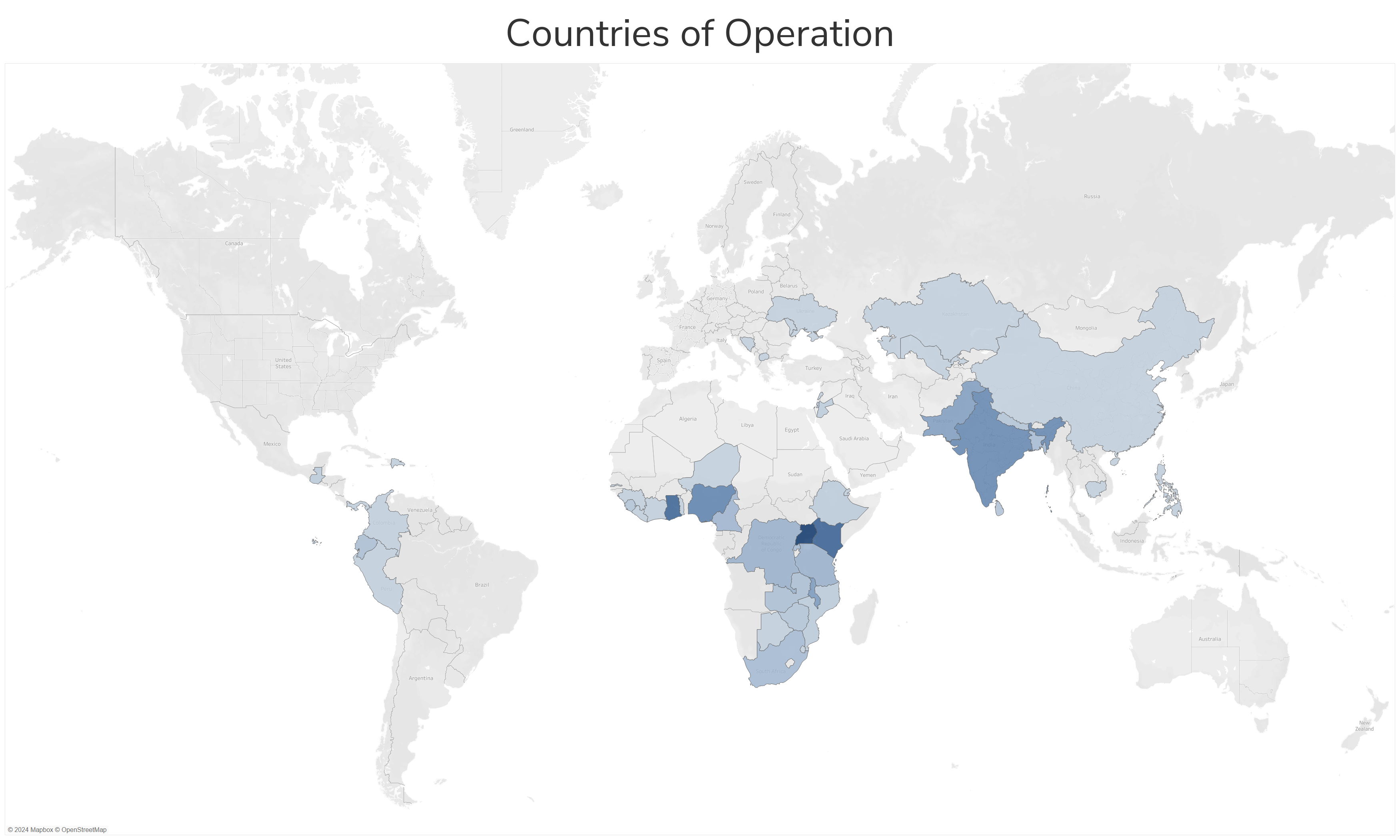
Further, most applications were submitted by CBOs in Sub-Saharan Africa, with 38% of eligible applications representing three countries: Uganda, Kenya, and Ghana. The concentration of applicants in Sub-Saharan Africa is likely influenced by the strength of the Fund’s existing network of grant recipients and other partners in the region. An important lesson we have learned through this work is the critical role that grassroots networks play in reaching the communities that need the most support, regardless of region.
Community-based organizations tend to be small—many with only one or two employees— and operate with modest budgets. Our analysis of the CBOs that applied to The T1D Community Fund was consistent: applicants were most likely to have budgets under US$50,000. Of the organizations who included it in their application, most reported type 1 diabetes-specific budgets of US$25,000 or less.
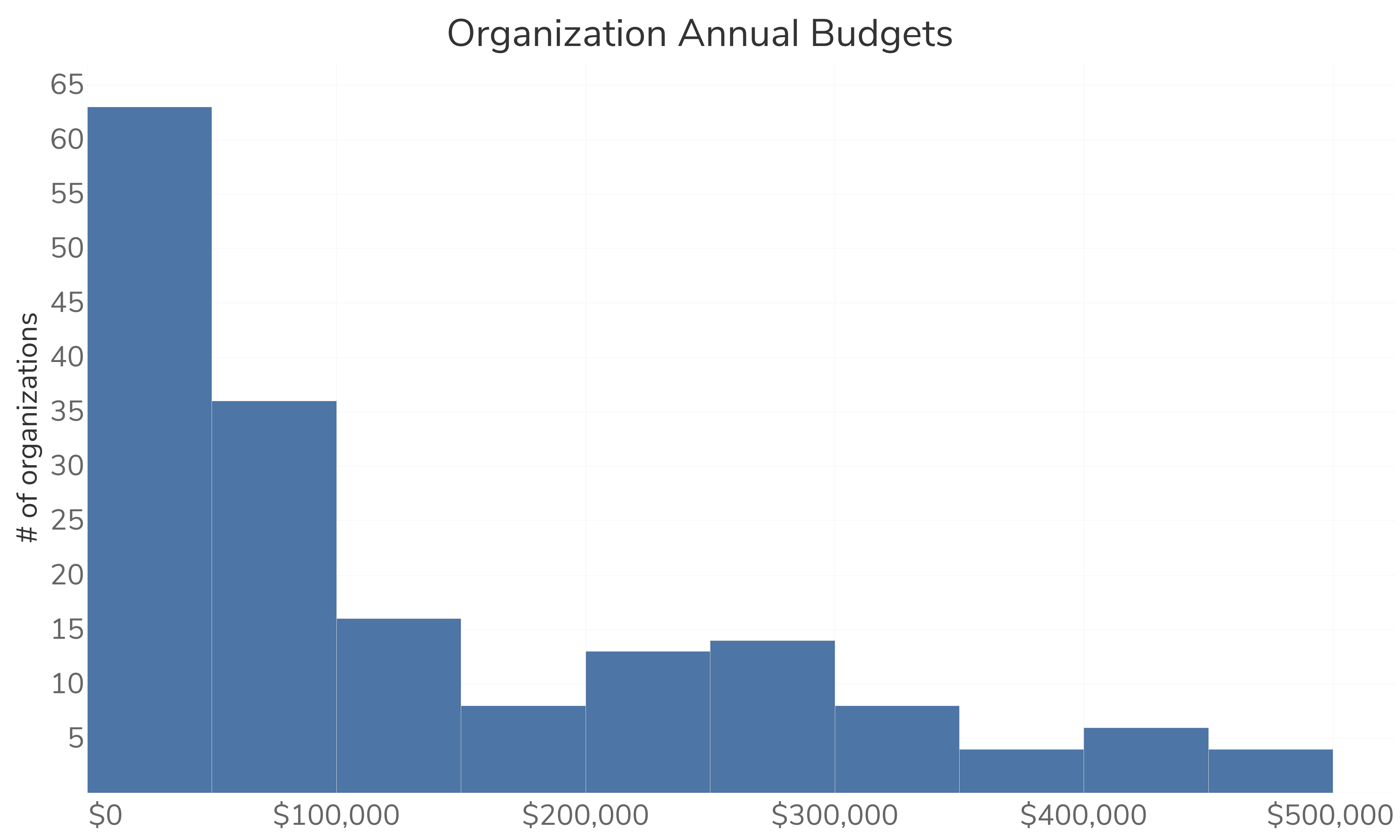
While under-resourced, these organizations often conduct complicated, often costly, and lifesaving work in their communities. Indeed, challenges like the ability to transport and refrigerate insulin are significantly more challenging in low-resource settings compared to well-resourced settings. In this context, investing in organizations that are deeply rooted in their local community can create an outsized impact for the organization and the local community.
We asked applicants to select one primary area of programming to describe their type 1 diabetes activities:
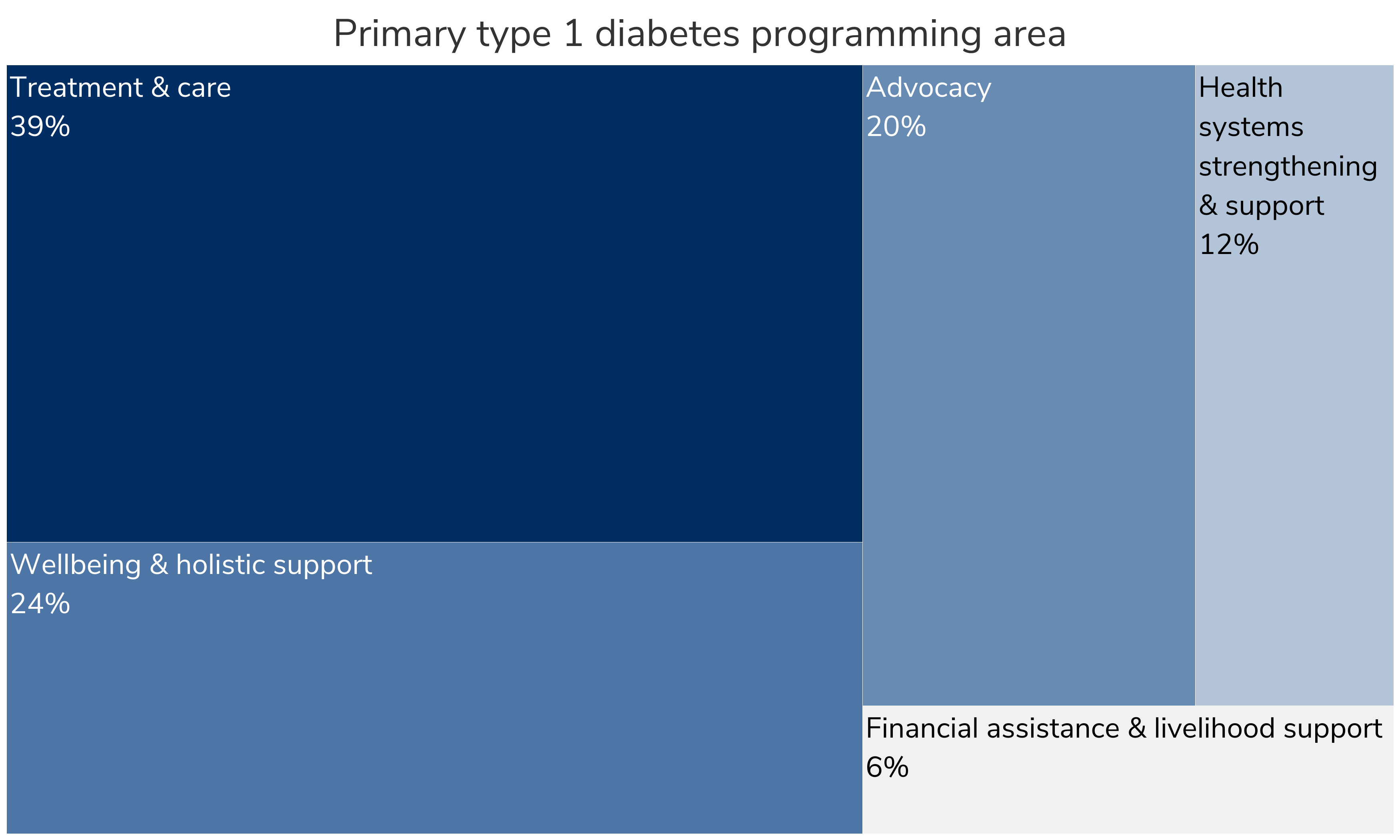
Eligible applicants most commonly selected treatment and care as the primary programming area. But when given the opportunity, most selected multiple programming areas, demonstrating the breadth of responsibility CBOs take on for their communities, and the immense need for support. Applicants predominantly focus on treatment and care as a first priority, but many are spread thin and have the desire to grow into system-oriented programming, such as advocacy and health systems strengthening. The T1D Community Fund is working to build the connectivity and capacity of CBOs to focus on these areas. Further investment in CBOs will continue to support this growth and yield greater impact.
Community-based organizations play an essential role in providing type 1 diabetes care in low- and middle-income countries. Many applicants detailed the barriers their communities face to accessing care, including transportation challenges, lack of awareness, and affordability concerns. The T1D Community Fund’s grantee partners are doing essential work to help patients access diagnosis, treatment, and holistic care. They are also conducting essential education, advocacy, and systems strengthening work. Community-based organizations have the best understanding of their local contexts and are uniquely able to tailor their solutions to the needs of their communities. The findings discussed here demonstrate the immense need and opportunity for further investment in the field, and specifically in CBOs in LMICs which, despite their modest size and budgets, have outsized impact on their communities.
Read more about the 14 organizations selected to receive fundingfrom The T1D Community Fund.
Given that little is known about the landscape of global CBOs working to support people living with type 1 diabetes and their families, we were pleased that more than 300 organizations responded to the Fund’s second RFP—a 200% increase from the first round—thereby providing us with insight into the breadth of organizations and work serving people living with type one diabetes in LMICs. We attribute this increase to targeted one-on-one outreach by Panorama Global to type 1 diabetes and other health stakeholders in key regions and the networking of current grantee partners, demonstrating the power of individual connections and intentional relationship building for reaching community-based initiatives.
This analysis is based on applications (n=304) submitted in response to The T1D Community Fund’s second request for proposals, open from September 13 to October 30, 2023.
Applicant eligibility requirements (self-assessed at time of application):
The T1D Community Fund supports community-based organizations working to improve the lives of people living with Type 1 diabetes in low- and middle-income countries. It is powered by Panorama Global—a social impact nonprofit that empowers changemakers through radical collaboration—with seed funding from The Leona M. and Harry B. Helmsley Charitable Trust.
Read more about The T1D Community Fund and sign up for our mailing list to receive updates about The T1D Community Fund's work, grantee partners, and future opportunities.
 Your Vision
Your Vision Our Platform
Our Platform Real impact
Real impactPanorama Global is a member of The Panorama Group.
Privacy Policy © 2025 Panorama Global. All rights reserved.
